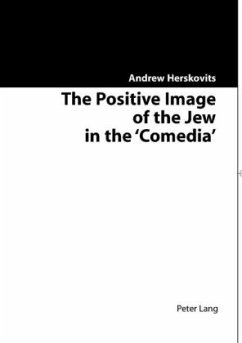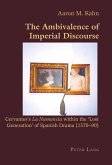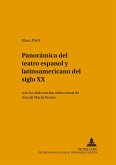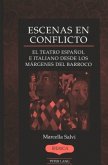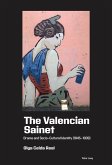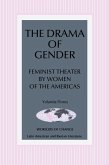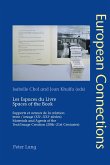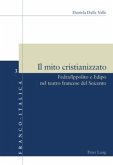Most historians and literary critics describe Spanish Golden-Age society as anti-Semitic, offering, for example, El Niño Inocente de La Guardia as confirmation that even great writers like Lope de Vega supported the marginalization of the descendants of judeo-conversos . The aim of this book is to demonstrate that, contrary to general critical opinion, the Jew in Lope's comedia was often characterised with concealed sympathy through the employment of intricate literary techniques embedded in the text. Literary techniques such as subversive irony, which is an expression of the converso perspective, Erasmian dissimulato, transposition and interrogation of negative stereotypical models facilitate the covert presentation of a positive image of a Jew. The book ends with a discussion of six comedias by Lope that identify these positive images of the Jew.
Bitte wählen Sie Ihr Anliegen aus.
Rechnungen
Retourenschein anfordern
Bestellstatus
Storno

